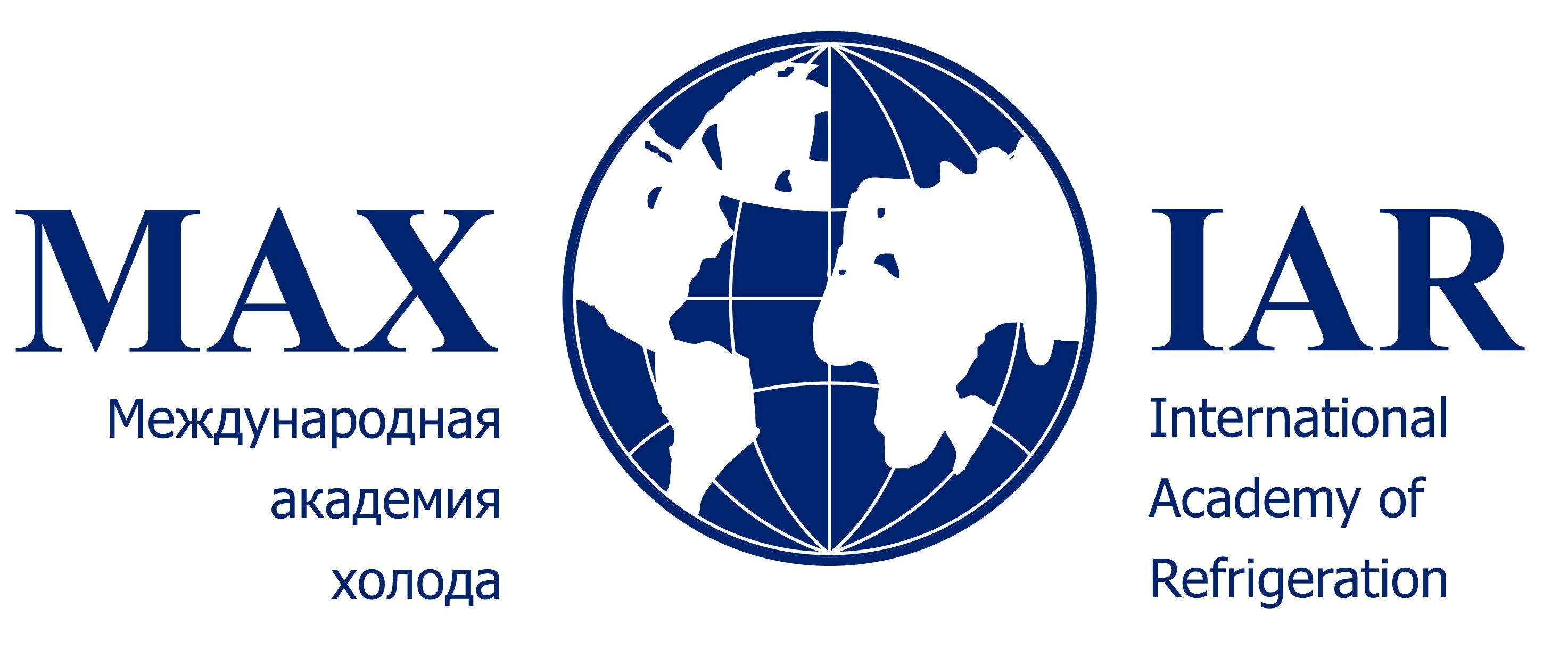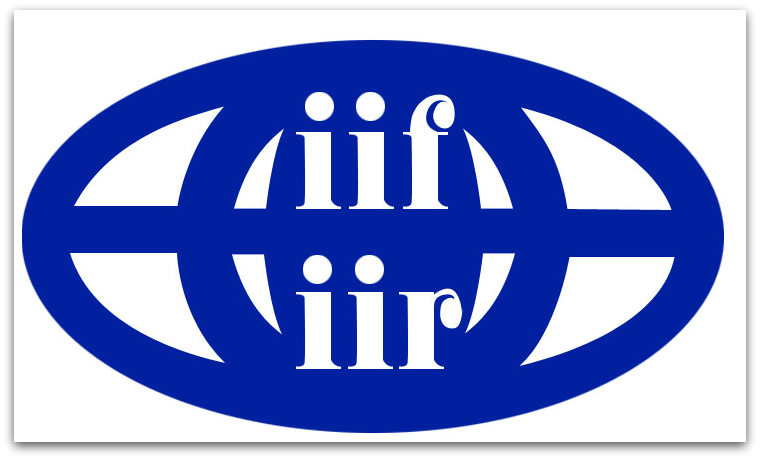Thermophysical properties of sintered friction materials based on tin bronze
DOI: 10.17586/1606-4313-2024-23-4-65-71
UDC 536.212.2; 621.762
Liashok Andrei V., Kiliashov Artemii A., Igor V. Baranov, Aleksei V. Asach, Vasiliy A. Krylov
Keywords: tribology, friction material, thermal conductivity, specific heat capacity, thermal diffusivity, differ-ential scanning calorimetry, laser flash method.
UDC 536.212.2; 621.762
Thermophysical properties of sintered friction materials based on tin bronze
For citation: Liashok A. V., Kiliashov A. A., Baranov I. V., Asach A.V., Krylov V. A. Thermophysical properties of sintered friction materials based on tin bronze. Journal of International Academy of Refrigeration. 2024. No 4. p. 65-71. DOI: 10.17586/1606-4313-2024-23-4-65-71
Abstract
Sintered powder friction materials based on tin bronze are widely used in heavy duty braking systems and torque transmission devices. However, pure sintered bronze is not suitable for use as a friction material. To give bronze the required properties, additives of various functional purposes are used. The purpose of the present work is to experimentally investigate the effect of additives of graphite and iron powders on the thermophysical properties of sintered friction material based on 12% tin bronze (BrO12) in the temperature range from 20 °Сto 140 °С. To test the thermophysical properties, samples of friction materials were produced by powder metallurgy. Specific heat capacity was measured on a DSC 204 Phoenix F1 unit by differential scanning calorimetry. The diffusivity was determined by laser flash method on an automated LFA 457 Microflash machine. The density of samples at room temperature was determined by hydrostatic weighing method. Thermal conductivity was determined by calculation method. As a result, temperature dependencies of specific heat capacity, thermal diffusivity, and thermal conductivity of the studied samples were obtained. It is established that the presence of graphite-containing components and iron in the composition of powder friction material based on bronze BrO12 leads to an increase in its specific heat capacity, as well as to a decrease in thermal diffusivity and thermal conductivity. In the case of adding foundry coke, thermal conductivity reaches the lowest value, which is due to its amorphous structure. In case of addition of GK-1 and GE-1 powders, the dispersity of initial components contributes to thermal conductivity. In the case of addition of finely dispersed graphite, the thermal conductivity is higher, which may be due to a more uniform spatial distribution of graphite particles in the metal matrix.
Abstract
Sintered powder friction materials based on tin bronze are widely used in heavy duty braking systems and torque transmission devices. However, pure sintered bronze is not suitable for use as a friction material. To give bronze the required properties, additives of various functional purposes are used. The purpose of the present work is to experimentally investigate the effect of additives of graphite and iron powders on the thermophysical properties of sintered friction material based on 12% tin bronze (BrO12) in the temperature range from 20 °Сto 140 °С. To test the thermophysical properties, samples of friction materials were produced by powder metallurgy. Specific heat capacity was measured on a DSC 204 Phoenix F1 unit by differential scanning calorimetry. The diffusivity was determined by laser flash method on an automated LFA 457 Microflash machine. The density of samples at room temperature was determined by hydrostatic weighing method. Thermal conductivity was determined by calculation method. As a result, temperature dependencies of specific heat capacity, thermal diffusivity, and thermal conductivity of the studied samples were obtained. It is established that the presence of graphite-containing components and iron in the composition of powder friction material based on bronze BrO12 leads to an increase in its specific heat capacity, as well as to a decrease in thermal diffusivity and thermal conductivity. In the case of adding foundry coke, thermal conductivity reaches the lowest value, which is due to its amorphous structure. In case of addition of GK-1 and GE-1 powders, the dispersity of initial components contributes to thermal conductivity. In the case of addition of finely dispersed graphite, the thermal conductivity is higher, which may be due to a more uniform spatial distribution of graphite particles in the metal matrix.
Keywords: tribology, friction material, thermal conductivity, specific heat capacity, thermal diffusivity, differ-ential scanning calorimetry, laser flash method.












